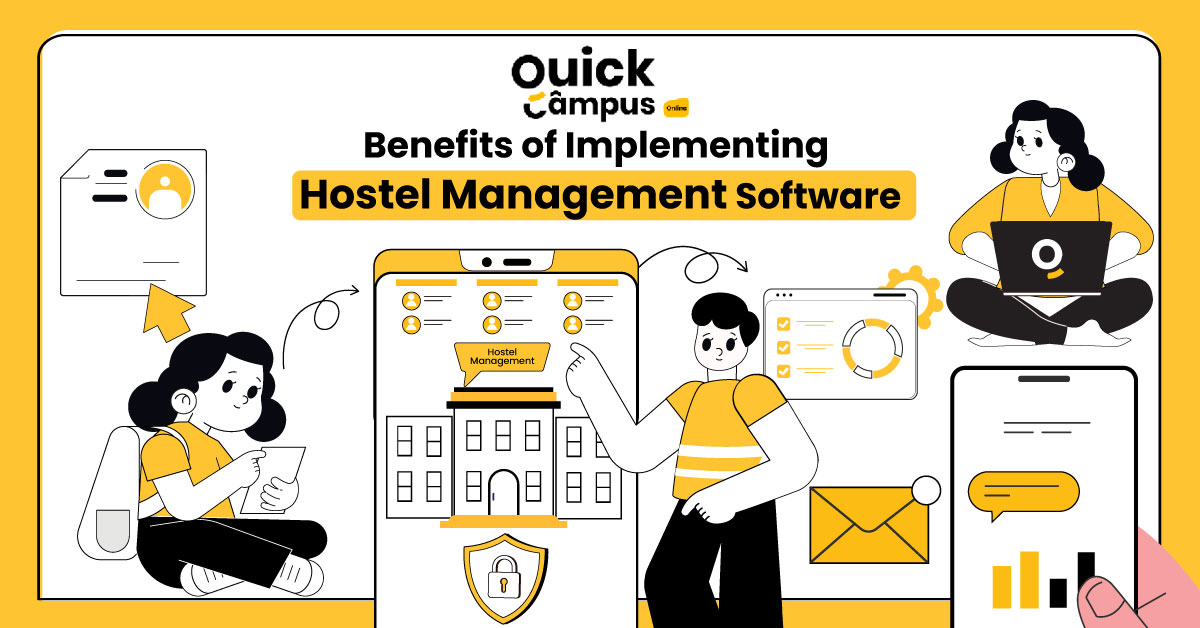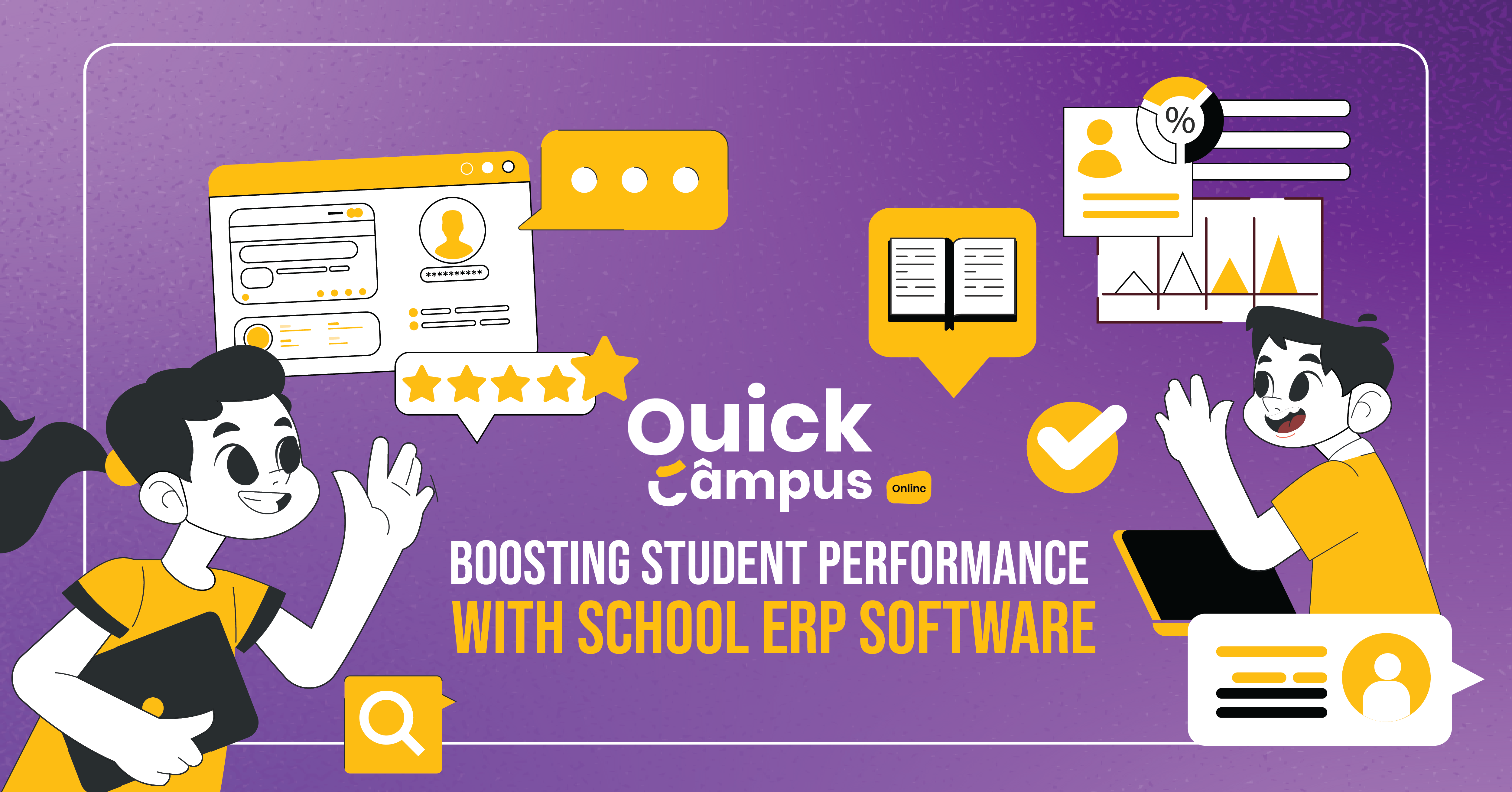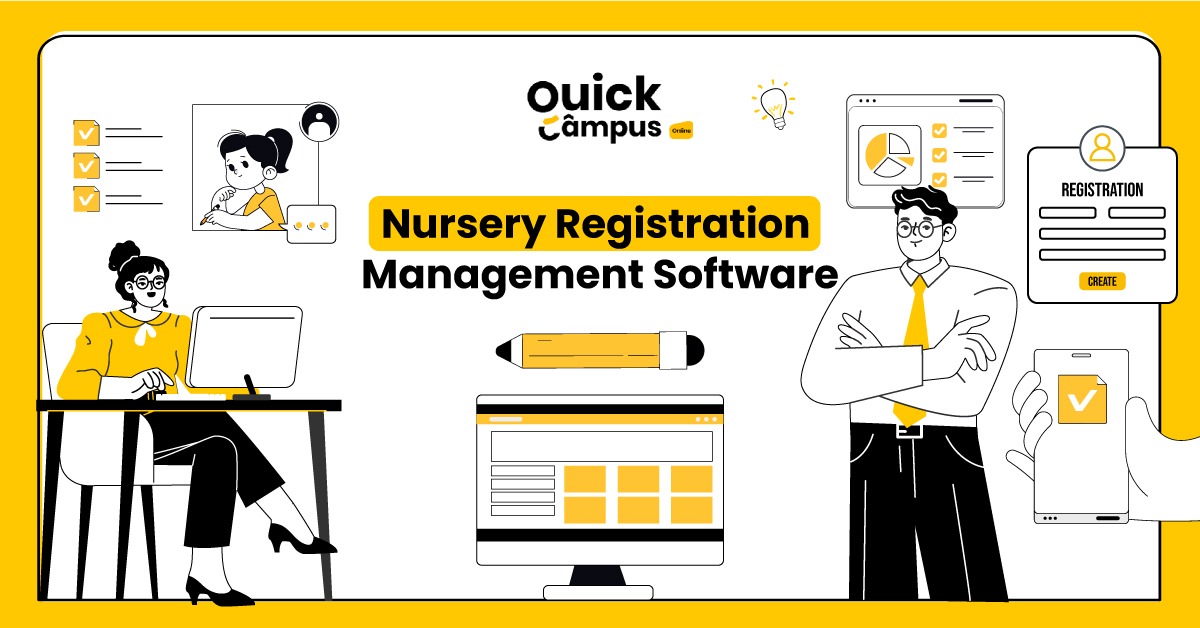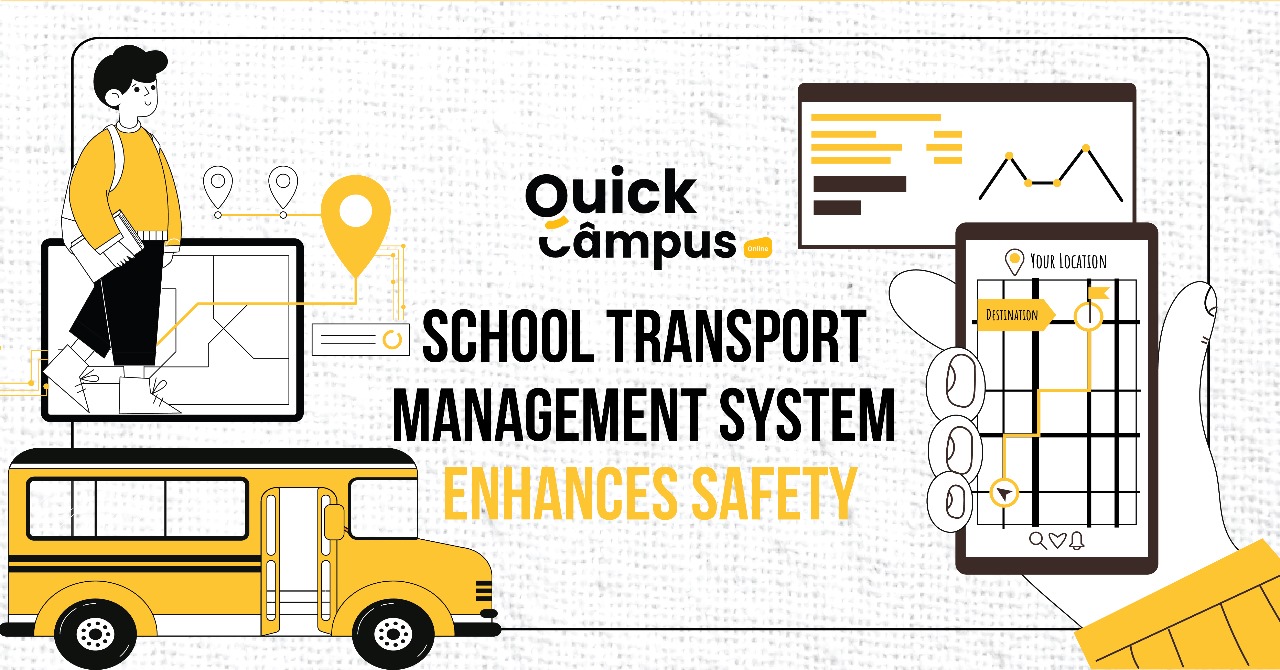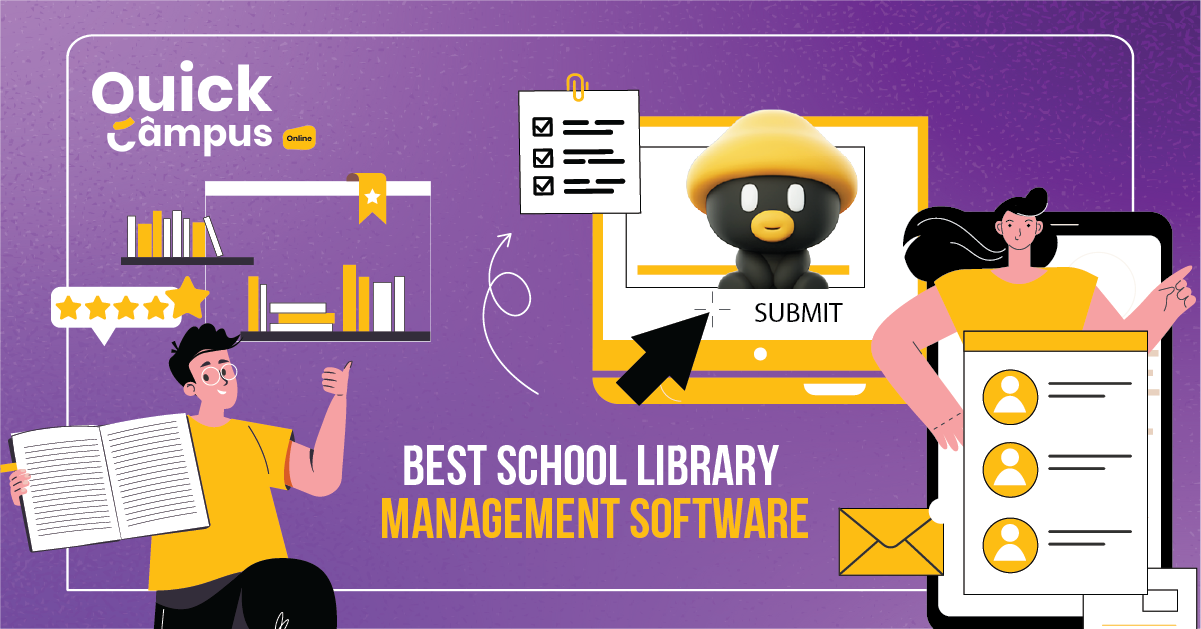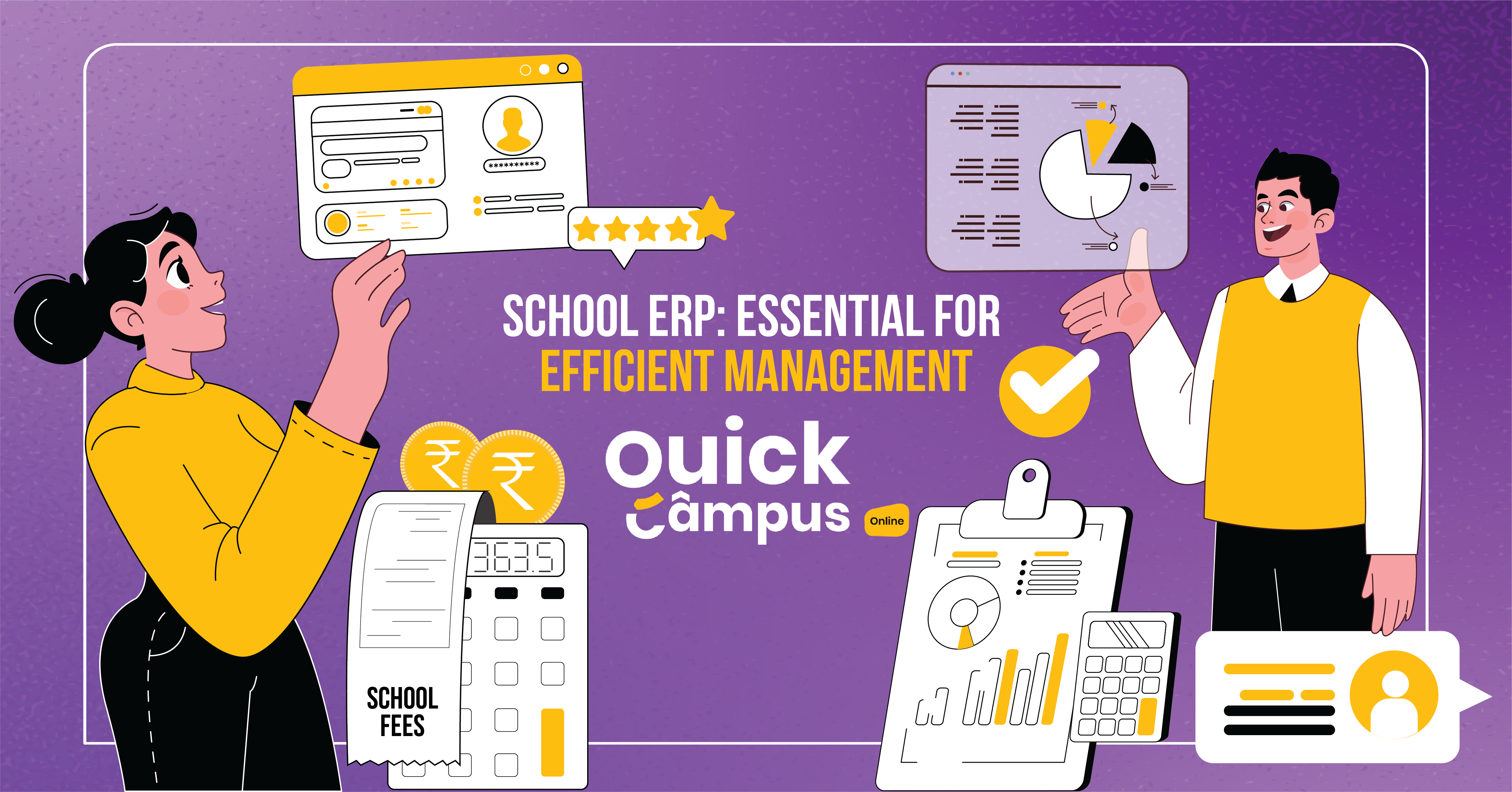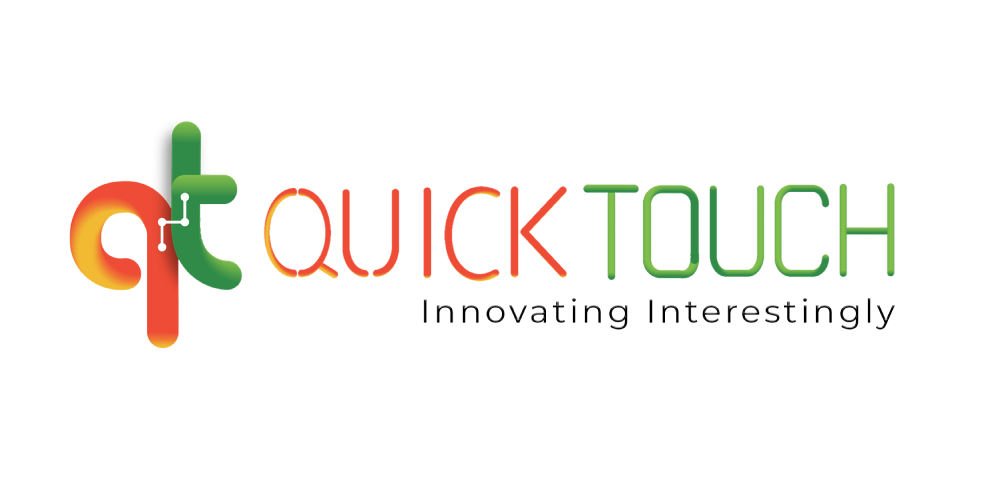Importance Of Effective Teacher-Student Communication
Have you ever noticed a student who seemed completely lost in class but appeared too anxious to ask for help? Effective communication between educators and students works wonders in such scenarios. Many teachers consider effective communication their first step toward student engagement.
Nonetheless, teaching is a success when students experience a blend of education and healthy communication. Schools are now making it effective by adopting a learning management system for schools. No wonder! It improves teacher-student communication and positively affects their overall performance.
If you are willing to understand your student well through effective communication, look no further! Read on to learn amazing strategies to promote positive teacher-student communication.

Why Is Effective Teacher-Student Communication Important?
Building positive communication between teachers and students is vital for their overall development. Here are some advantages of teacher-student communication.
- Students with camaraderie between their teachers develop stronger social, emotional, and interpersonal skills. Moreover, they are more likely to absorb higher academic knowledge.
- Strong teacher-student communication makes students confident about their academic decisions and encourages them to take risks in their academic work. Thus, they can explore career options that excite them without the fear of failure.
- It allows students to explicitly define their learning ambitions, future goals, and expectations. Moreover, the strong relationship enables teachers to understand their students’ learning practices and adjust learning goals and expectations as needed.
- Strong and positive teacher-student communication also improves mental health. Students view their teachers as mentors and feel proud of themselves when their teachers encourage them in their learning abilities and social interactions.
- A strong student-teacher relationship fosters social competence, problem-solving abilities, decision-making skills, and a sense of a bright future in students. They become resilient and adaptable to their environment quickly when they experience a supportive teaching atmosphere.
Unlocking Top Techniques For Positive And Effective Teacher-Student Communication
If students experience an unhealthy teacher-student relationship through poor communication, they become more anxious, less confident, and less optimistic. This can ultimately affect their overall performance. To address this, we have outlined top cclassroom communication strategies with the help of a learning management system where you can create positive dialogue with students.
1. Promote Teamwork
The main duty of the teacher is to promote healthy teamwork, coordination, and collaboration among students. You should look for ways to encourage students to focus less on competition and more on teamwork. Doing so will help them to communicate effectively with their fellow mates and develop empathy.
Consider incorporating games, debates, and quizzes into your daily lesson plans. Create communities in LMs where students can share their ideas, discuss, and collaborate on a certain topic. Using a learning management system can encourage students to interact more, share about themselves, and listen to others.
2. Improved Evaluation Outcome
Features of LMS provide data and analytics on students’ performance. You can use LMS to track and manage students’ performance, progress, and retention. It is a great way to identify gaps in your teaching and determine students’ strengths and weaknesses, which will greatly help you improve and adjust your teaching strategies.
All you need to do is plan, design, and deliver your course with great agility, care, passion, and creativity. Ensure that you choose the right LMS based on your context, goals, and budget. Thus, LMSs will help both teachers and students improve their performance.
3. Adopt Personalized Teaching
With the help of LMS, you can curate the courses as per the needs and goals of students. Create a personalized learning path, assign activities, and automate the level of difficulty of those activities. Answer the homework through LMS, where students can also interact with greater ease without any anxiety or fear.
4. Ensure Giving Positive Feedback
Students look upon teachers as their guide. When you give negative feedback, they lose confidence and become hateful towards you. Make your communication style positive and easier with LMS, where you can grade and evaluate students.
You can ease the harsh feedback by adopting the “two stars and a wish” approach. In this approach, you will address two good things about the student on the LMS and one loophole that they ought to improve. In this way, they will not be affected by criticism and improve them.
Fostering Healthy Communication with Quick Campus
Teachers must use effective communication to create a positive and easy-going environment in the class. This will not only make students confident but also comfortable in a classroom setting. It will further breathe an aura of clarity and provide a wholesome learning experience. As a teacher, you must not underestimate the significance of teacher-student communication in the classroom.
Quick Campus offers one of the best learning management systems for school. We at Quick Campus are paving the path of educational excellence through technology. We empower teaching staff with tools and techniques to impart educational excellence to students. Step into a classroom filled with more interactions and less monotony, fostering a healthy teacher-student relationship. Get in touch with us today!
What Are The Consequences Of Effective Teacher-Student Communication?
Effective teacher-student communication fosters a culture of trust and dignity. Moreover, a positive teacher-student bond results in higher levels of student involvement, motivation, and academic accomplishment.
What Is Effective Communication From The Point Of View Of A Teacher?
Effective communication from a teacher’s perspective involves sending out positive, confident, and engaging signals through body language and posture. For example, making eye contact while talking with students signifies support and attentiveness.
What Are The Types Of Classroom Communication?
Classroom communication includes verbal, nonverbal, and written forms. Verbal communication means spoken language, while nonverbal communication means talking through gestures and body language. Last but not least, written communication means talking through writing.

